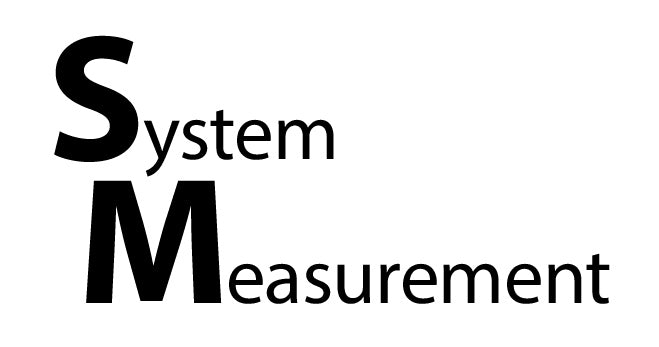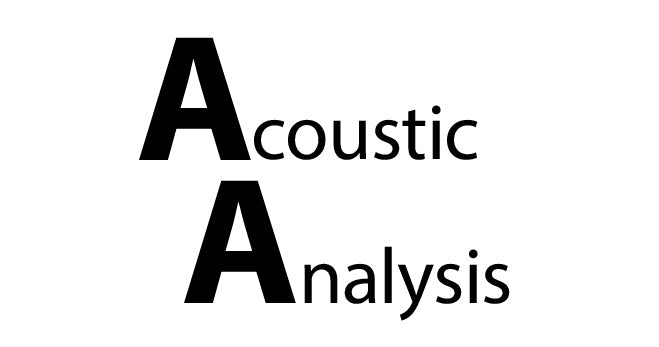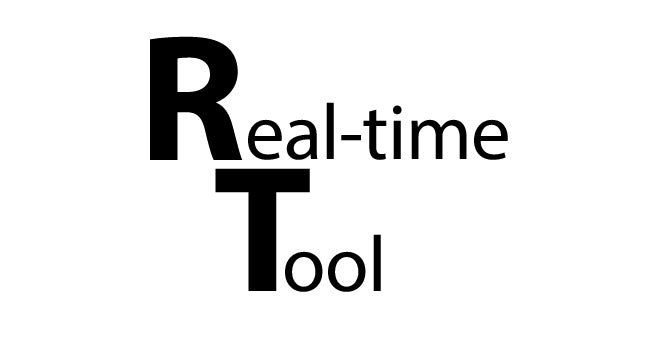About Smaart
A BRIEF HISTORY.....
Smaart was first developed in 1995 as a cost-effective software-based solution to audio analysis during a time when the choices for audio analyzers were limited to a small number of moderately to extremely expensive hardware devices – with very limited functionality by today’s standards. The Smaart brand went through a few ownership overlord changes until Rational Acoustics was founded in 2008 with the specific purpose of ensuring the continued development of the Smaart platform while substantially enhancing the educational and support efforts that back it.
What Does Smaart Mean?
-

A system has input and output. Smaart is built to analyze these input and output signals to view their individual level, frequency, or duration components. We can then analyze these signals directly as Spectrum measurements (RTA, Spectrograph) to see what the signals are, or indirectly as Transfer Function measurements (frequency response, impulse response) to see how the signals were changed by the system (input vs output).
-

By doing system measurements in, and of, acoustic environments, we can use those measurements to help figure out how we can adapt our sound systems to our rooms, or vice versa.
-

This extremely powerful analyzer was built to be used when and where we
actually use our sound equipment – real-time in shops, at install sites,
during load-ins, and most importantly, in actual show environments
What Types of Measurements Does Smaart Make?
-
Frequency Response
Single Channel RTA & Spectrograph
Dual-Channel Transfer Function
Magnitude
Coherence
Phase
Live IR -
Impulse Response
Acoustical data like:
Reverberation
Early Decay Times
Intelligibility metrics like:
STI
STIPA
Clarity -
Sound Pressure Level
Monitoring
Logging
Reporting
Remote viewing
Each edition of Smaart - Smaart Suite, Smaart RT, Smaart LE, Smaart SPL - is defined by which of the above measurements it creates, and to what level of functionality & detail it produces those data types.
What is Smaart Used For?
-
Sound System Engineers
use Smaart to measure, verify, optimize, and align sound systems to ensure that sound quality is consistent throughout the various indoor and outdoor performance spaces encountered, from bars and clubs to sheds, arenas, and stadiums.
-
Audio Mix Engineers
use Smaart to directly monitor the frequency and level content of individual channels from a mixing console, or measurement microphones, to identify problem frequencies, overall tonality and trends, SPL, and other useful information and visual feedback.
-
Houses of Worship
use Smaart to ensure that each service maintains consistent level and frequency content, and that sound levels are safe, especially where multiple engineer operators are responsible for running the sound equipment.
-
Audio Systems Integrators
use Smaart to test and verify audio system components before and after installation and ensure that projects meet any applicable specifications or standards prior to project completion.
-
Acoustical Consultants
use Smaart to characterize the acoustical performance of various spaces for speech intelligibility, clarity, and reverberation to help recommend and design custom solutions and then verify that the integrators and contractors responsible for executing those designs have done so to specification.
-
Live Performance Venue Managers
use Smaart to measure, log, and remotely monitor and report on Sound Pressure Levels to ensure that artists are staying within designated SPL limits.
-
Sound Rental Companies
use Smaart to test audio systems before or after they are used as well as sending Smaart rigs with their field technicians to make sure that their audio systems are deployed, optimized, and aligned for each use.
-
Loudspeaker Designers and Manufacturers
use Smaart to create final alignment and voicing decisions before loudspeaker products are sold or used by end users. Keeping a Smaart rig at the end of the production line helps ensure that products are consistent unit-to-unit after production, before they are shipped.
Learn more about the different Editions of Smaart:
-

SMAART SUITE
LEARN MORE -

SMAART RT
LEARN MORE -

SMAART LE
LEARN MORE -

SMAART SPL
LEARN MORE
Unsure about which edtion of Smaart is right for you? Check out the edition comparison page, or take advantage of our Demo program and try them out for yourself:
-

WHICH EDITION IS RIGHT FOR ME?
CLICK HERE -

DEMO SMAART









